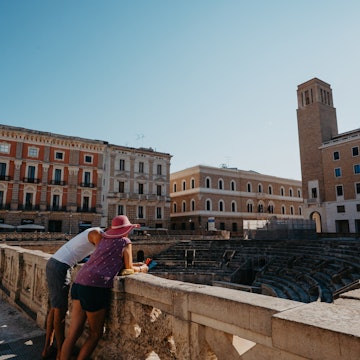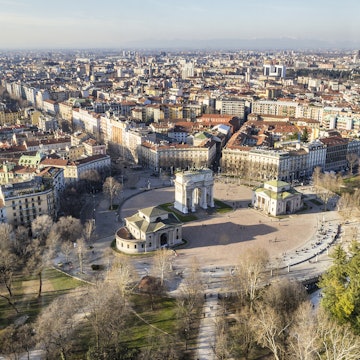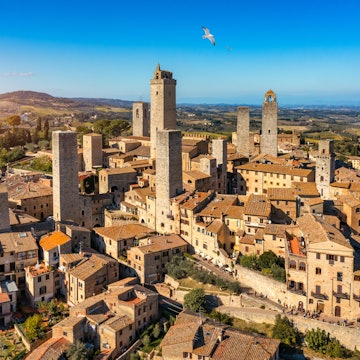
Getting around in Turin without a car: trade traffic for top sights

Jul 2, 2025 • 5 min read

A view of the hills on the west side of the Po River in Turin. KATE TARTACHNA/Shutterstock
As the birthplace of Fiat, Turin is one of Italy's great car cities. But you don’t need a sporty Italian auto to get around town. Most top sights are clustered in the historic center, which can easily be covered on foot. For locations further out, there's an excellent public transport system comprising buses, trams and a metro. If you want to strike out on your own, two wheels are better than four, so grab yourself a ride and hit the bike lanes.
To set you off on the right track, here's our guide to getting around Italy's fourth largest city.
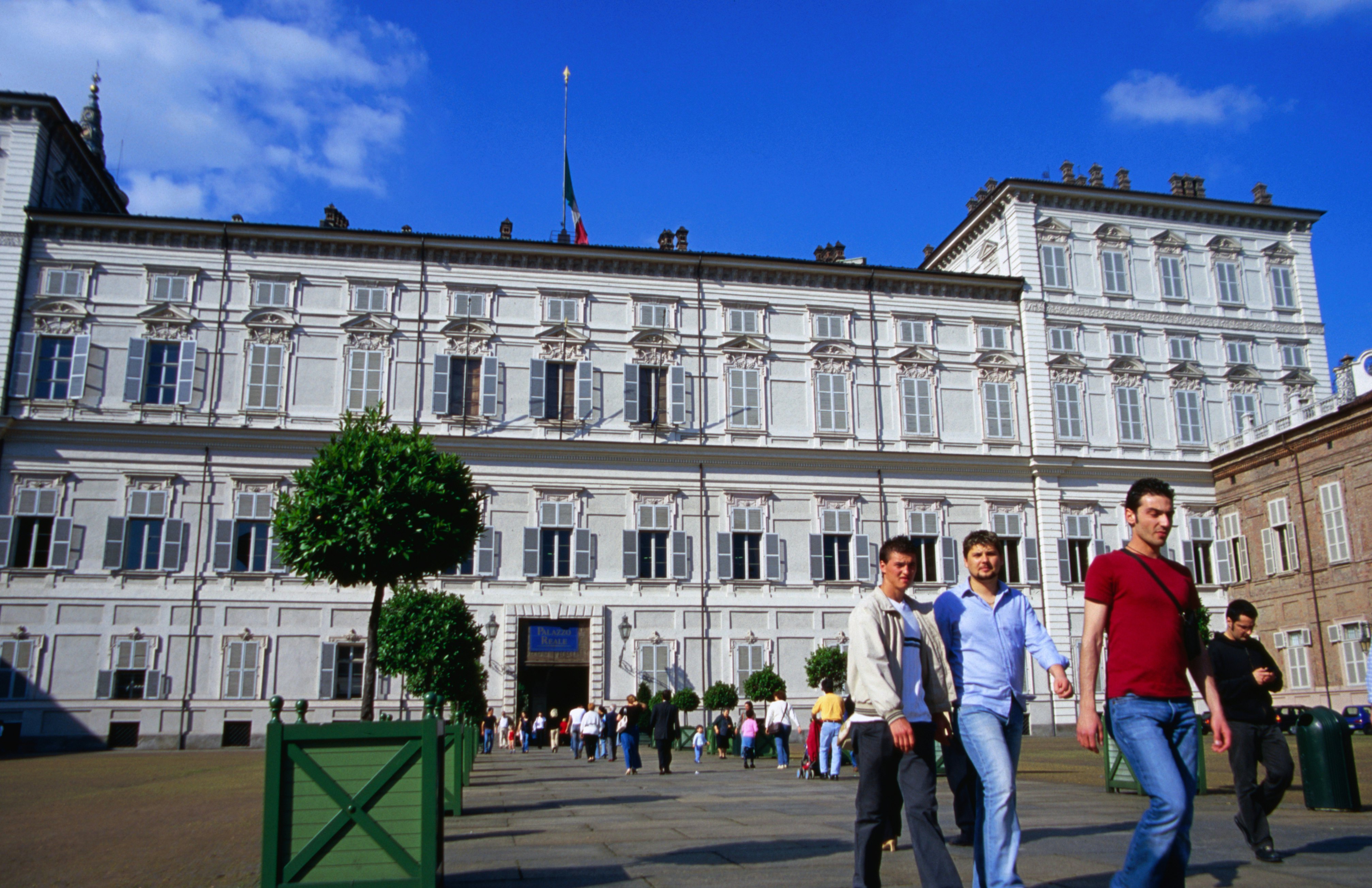
Walking is the best way to cover the historic center
Part and parcel of a trip to Turin is strolling its historic center. This is where you’ll find the city’s great showpiece squares – Piazza San Carlo and Piazza Castello – and headline museums such as Palazzo Reale and the Museo Egizio. Distances are not huge, and with 18km (11mi) of porticoes to protect you from the elements – rain and snow in winter, the unforgiving sun in summer – you’re guaranteed a smooth passage.
And if you find yourself running out of puff, you can always jump on a Star bus. These electric minibuses run two routes through the center with stops near key sights.

Take buses and trams for outlying neighborhoods
To venture out of the center, your best bet is to take a bus or tram. The city’s public transport company, GTT, operates more than 80 lines covering every inch of the city. Services, many of which pass the two main train stations, Porta Nuova and Porta Susa, run from around 5am to midnight.
If you're partying late on the weekend, the Night Buster buses might come in handy. Operating from midnight to 5am on Fridays and Saturdays, these pass popular night spots as they run from Piazza Vittorio Veneto to the city's outlying suburbs.
Beat the traffic, take the metro
Italy’s first fully automated metro, Turin’s subway is the fastest way of getting around town. But with only one line, it’s of limited use to visitors. Useful stops include Porta Nuova, Porta Susa and Lingotto.
Tip for football fans: To get to the Allianz Stadium (home of footie giants Juventus) on match day, take the metro to Bernini and then tram 9.
Transport tickets & passes
These come in various forms, all listed on the GTT website. The standard is a city ticket (digital/paper €1.90/€2; $2.23US/$2.35US;), valid for 100 minutes on all urban buses and trams and for a single metro ride. Then there are day cards (€3.70/€4.50; $4.35US/$5.29) and passes for 48/72 hours (€9.50/€12.50; $11.17US/$14.70US).
Tickets need to be bought before your journey and validated on board the bus or tram.
Paper tickets can be bought at authorized outlets and bars, as well as automatic vending machines. To go paper-less, you can get a digital ticket through the free-to-download TO Move app or use the Tap & Go system – just place your contactless credit or debit card on the bus validating machine or dedicated metro turnstile and wait for the confirmation beep. The card then serves as your ticket. Note that not all buses accept Tap & Go payment – those that do have a yellow sign on the front door.
Tip for using a city card: With the Torino+Piemonte card you can get discounted 48/72-hour passes if you buy them at city tourist offices.
Cars are best for trips out of town
A car is only really useful to head out of town or visit outlying sights such as the Reggia di Venaria Reale or Castello di Rivoli. In the city proper, having a car is more hassle than it’s worth – you'll have to deal with narrow streets, expensive parking and an almost total ban on unauthorized traffic in the historic center.
The central limited traffic zone (ZTL) is active between 7:30am and 10:30am every weekday morning. Entry points are monitored by cameras, so unless you have permission to enter, it pays to keep out. If you’re booked to stay in the center, ask your accommodation provider for advice.
Street-side parking spaces are marked in blue and require a ticket from a meter, authorized outlet or app such as SostAPP. Expect to pay around €1.20 to €2.80 ($1.41US/$3.29US) per hour from 8am to 7:30pm Monday to Saturday. There are also several underground car parks dotted around the center, including one at Piazza Carlo Felice.
Take a taxi late at night
Taxis are a good bet if you’ve got luggage or need to get around late at night. Rather than trying to hail one on the street, head to a taxi stand or call for one – try Taxi Torino or apps such as Wetaxi or Free Now. You can get an Uber, but you'll pay more as only the higher end premium services are available.
As a rule of thumb, always go with a metered rate. Minimum fares start at €3.50 ($4.11US), rising to €5 ($5.88US) on Sundays and bank holidays, and €6 ($7.05US) at night. Large bags cost an extra €0.50 ($0.58US) each.
You should be able to pay by card, but it's always worth checking before you set off.
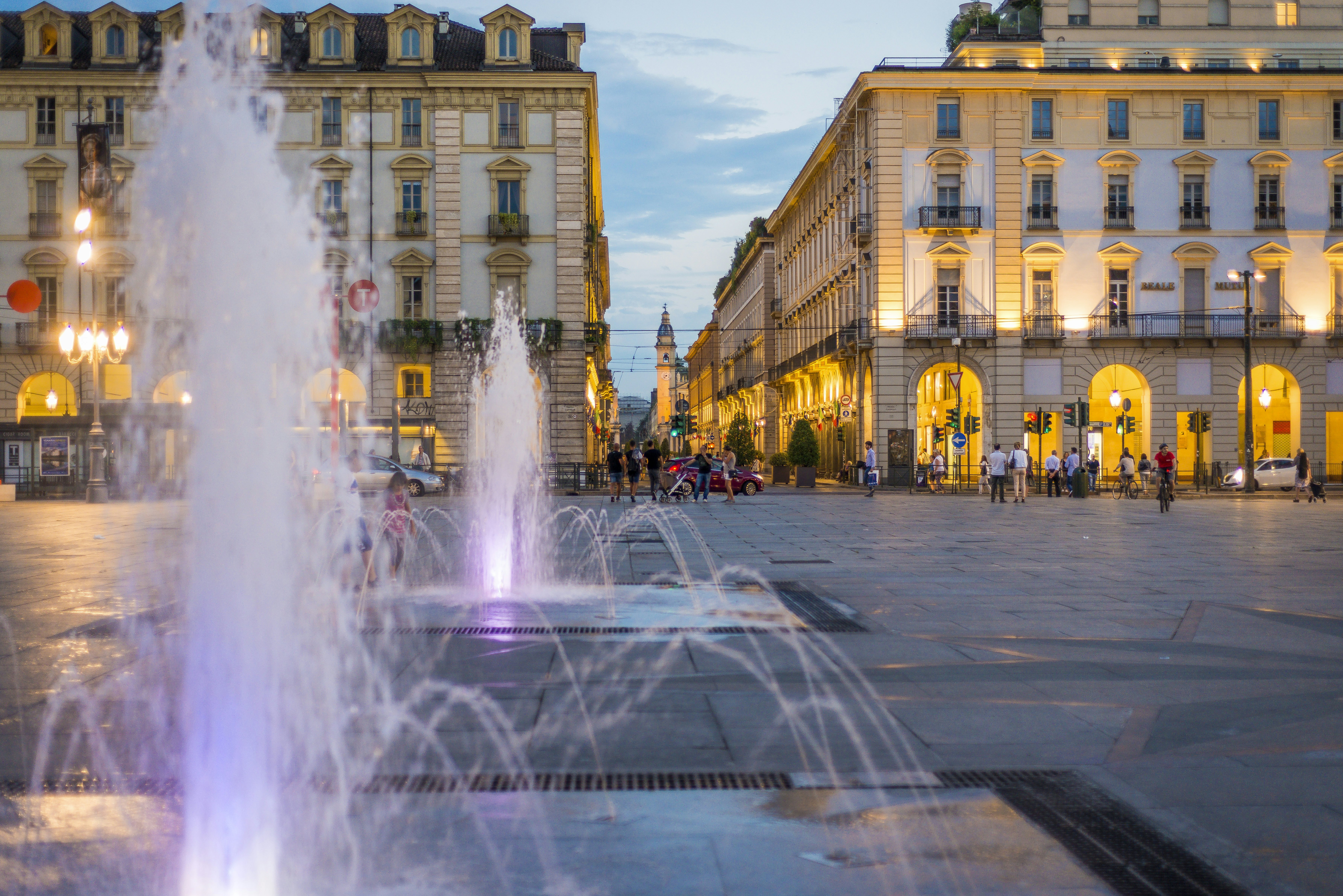
Pedal the city with a bike-share
Two wheels are often better than four in Turin. The city has around 258km (160mi) of cycle lanes, and biking around the center is an efficient and environmentally friendly way of getting around.
There are excellent bike-sharing facilities with bikes, e-bikes and e-scooters available from companies such as Dott, Lime, Voi and RideMovi. Check their respective apps for details.
Accessible travel in Turin
Turin is one of Italy's more accessible cities. However, getting around can still be challenging for travelers with disabilities, particularly in narrow cobbled lanes.
Many buses are wheelchair accessible with a designated space inside, and stops are announced prior to arrival. Check GTT's website for a list of routes with wheelchair access.
Metro stations have wheelchair-accessible lifts and tactile paths for people with visual impairments.
TaxiTorino can provide wheelchair-accessible vehicles, though they must be booked in advance.







